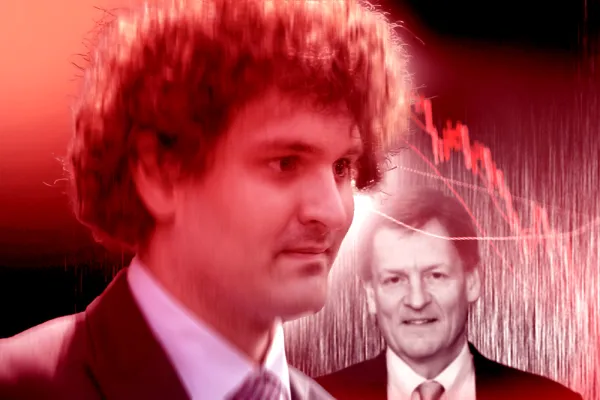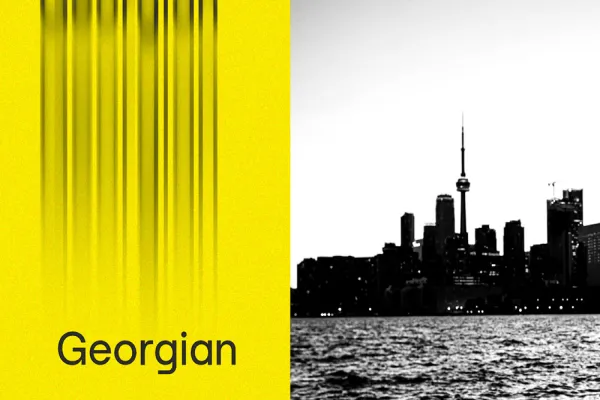Journalist Michael Lewis’s polemic against high frequency trading, Flash Boys, has spurred heightened scrutiny of the practice and debate about increased regulation across the financial world, but not everywhere. Some emerging markets are still keen on expanding HFT as a key to increasing trading volume and innovation, and nothing that Lewis found out has fazed them.
The Moscow Exchange in Russia, a country not known for its laissez-faire attitude to much else, takes a conspicuously gung ho attitude. “We have traditionally been very accessible to the algo community,” says Roman Sulzhyk, who heads the exchange’s derivatives market, referring to traders who rely on algorithms for beyond-human speed. “Now we are starting to see some of the international players whom Michael talks about in his book. No one is going back to ticker tape.” HFT’s share of equities trading volume on the Moscow Exchange is between 50 and 60 percent. Another big developing nation with the door open, if not the red carpet out, for HFT is Brazil. “High frequency traders generate benefits for the market in terms of liquidity and execution, as they are frequently quoting on both sides of the order book,” Mario Palhares, operations officer of the BM&FBOVESPA exchange in São Paulo, tells Institutional Investor. “They can also help tighten spreads in some markets.”
Palhares goes into greater detail than Sulzhyk about his market’s safeguards on HFT: All brokers classified as high speed traders must route their orders through a “pretrade risk tool,” and their transactions must fit within an exchange-determined price range for the security in question. But BM&FBOVESPA is also unmoved by the Lewis exposé. The existing “controls have guaranteed the stability of our market,” contends Palhares, who says HFT accounts for between 10 and 15 percent of the exchange’s trading volume.
Despite many disparities in history and culture, Brazil and Russia have one thing in common: a single national securities market resulting from mergers of former rivals, notes Edgar Perez, a former McKinsey & Co. technology consultant based on Long Island, New York, who has written two books on HFT. This decreases the potential for one of high frequency trading’s more controversial elements, latency arbitrage, or front-running orders from conventional investors to skim a small but risk-free profit. “The absence of a fragmented market in Brazil simplifies managing the risk,” BM&FBOVESPA’s Palhares confirms.
Sulzhyk adds another key factor in Russia’s pro-HFT stance: a scarcity of the large institutional investors that can lose out from high speed traders’ operations and so lobby against them in developed markets. Individual traders provide most of the volume in the Moscow Exchange’s derivatives contracts, and high-tech tinkering is in these traders’ DNA. “Every Russian guy with a computer considers himself a financial genius, and a lot of our flow comes from guys like this,” Sulzhyk says.
Conditions and attitudes are different in the major emerging markets of Asia. The Hong Kong and Shanghai exchanges battle for preeminence in the greater China equity market, whereas Indian traders can arbitrage among the National Stock Exchange of India, the Bombay Stock Exchange and the National Commodity and Derivatives Exchange, all located in Mumbai.
Perhaps as a result, Indian regulators have put various speed bumps in the path of high frequency traders, including a leverage limit of two times for alternative funds, which under federal law includes everything that isn’t a mutual fund or other collective investment scheme. India also introduced securities transaction taxes in 2004, though it marginally reduced them last year in the face of financiers’ lobbying. The basic levy for futures and options trades is 0.017 percent, not much for a buy-and-hold investor but significant for HFTs with their huge volumes.
China takes stronger measures to curtail HFT, starting with a stamp duty of 0.1 percent for sellers of any security. Equity trading is subject to the so-called T+1 rule, which forbids selling a stock the same day it was bought. Futures traders can deal in the same instrument up to 500 times a day, a limit that still puts a significant brake on HFT execution.
China’s regulators weren’t encouraged to liberalize by an electronic error last year at state-controlled brokerage Everbright Securities Co. that sent more than 26,000 mistaken buy orders into the Shanghai Stock Exchange, pushing its benchmark index up 6 percent in two minutes.
But Chinese markets pay a price for such conservatism. The average monthly market velocity — trading volumes as a proportion of market capitalization — for the Hong Kong Stock Exchange in 2012 was 44 percent, compared with 161 percent for the Tokyo Stock Exchange, which implemented technology and regulations to encourage HFT in 2010 and relies on it for about 45 percent of equities volume. Given this lag, emerging Asia will slowly but surely open the door to more HFT whatever Michael Lewis says, expert Perez predicts. “They will be very cautious, but Asian markets will be the next big thing.” • •






